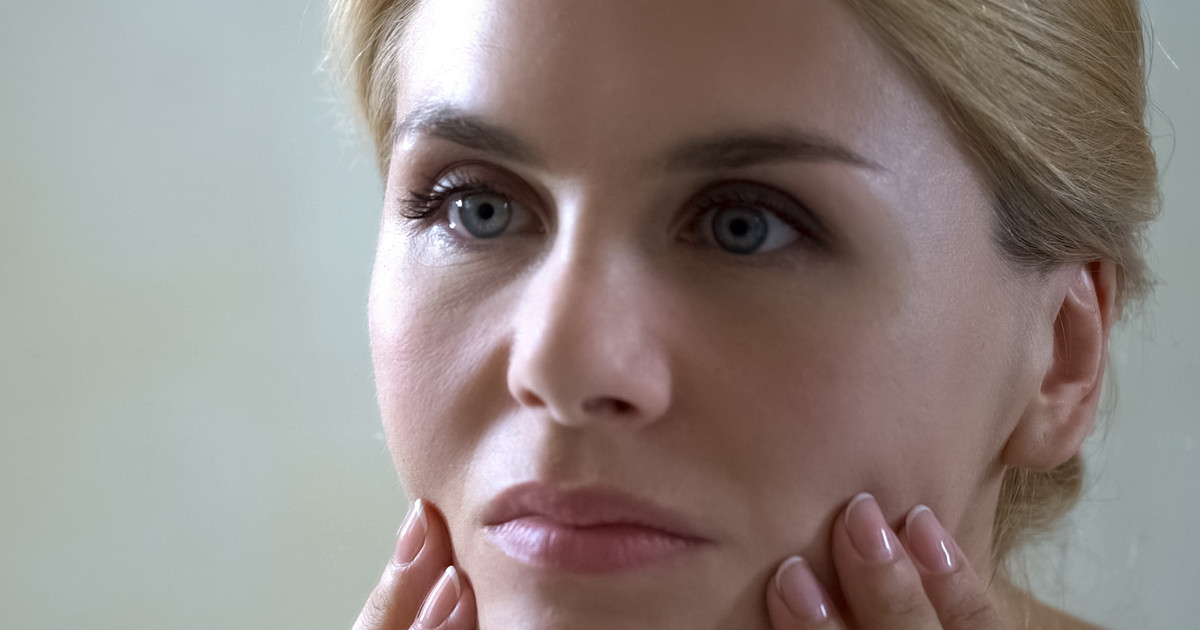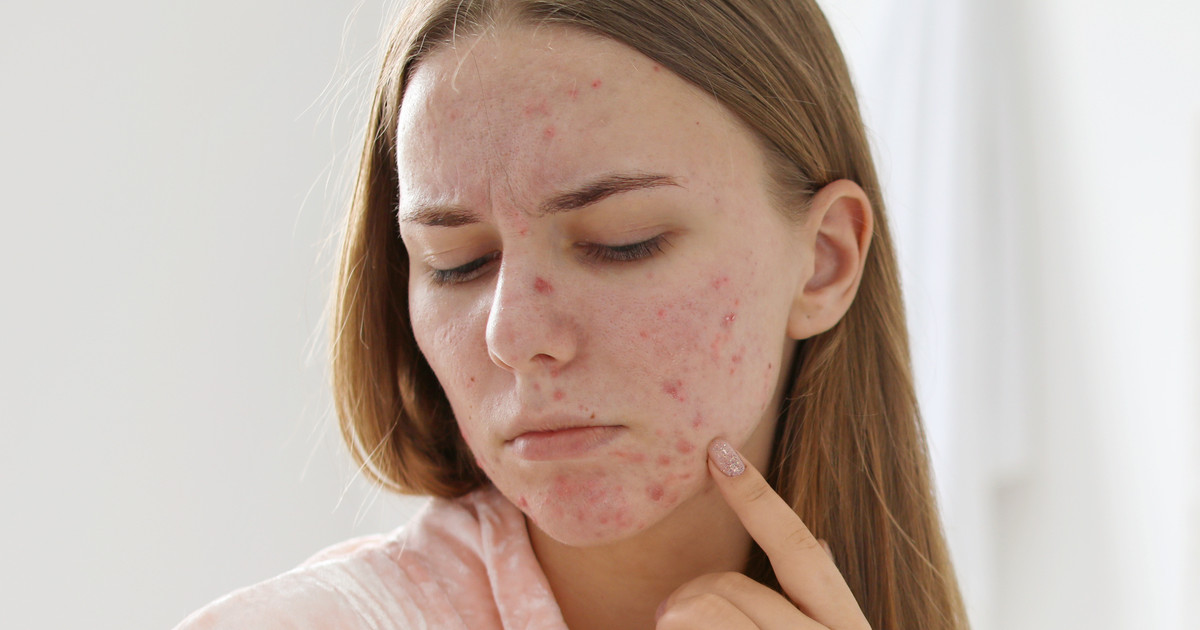Guide To Trifarotene (Aklief)
Trifarotene, which is often sold as the brand Aklief, is a prescription retinoid cream. It was first approved for use in 2019. Unlike some other products, this cream only needs to be applied once a day. During treatment with this medicine, some individuals could experience side effects, such as dryness, itchiness, and irritation. Patients should contact their doctor if their side effects are bothersome or persistent.
This medication is among the common prescriptions for cystic acne treatment. Of course, some patients may want to try an over-the-counter retinol cream first, though these will not be as strong. Some individuals also use trifarotene cream as an acne scar treatment. Patients must understand this medication and discuss their options with their doctor to ensure that it is the best acne treatment for their needs.
How It Works

Trifarotene belongs to a class of medications known as selective retinoic acid receptor agonists. Similar to other retinoids, this medication binds to retinoic acid receptors. These receptors have three different isoforms. They are RAR-alpha, RAR-beta, and RAR-gamma. Other prescription retinoids target the first two isoforms. However, this medication targets RAR-gamma. Currently, evidence indicates that it is the only topical retinoid that targets the gamma isoform. RAR-gamma is the most common type of retinoic acid receptor in the skin.
Thus, this is how this medication works so effectively in patients who use it. It helps with increasing the turnover rate of skin cells. Trifarotene can also improve skin texture and clear acne breakouts on the face and trunk.
Continue reading to discover the details on the uses and benefits of this medication next.
Uses And Benefits

In the United States, trifarotene is approved to treat acne vulgaris in patients who are at least nine years old. This medicated cream is also approved in the United States and Europe as a designated 'orphan drug' to treat congenital ichthyosis. This rare condition is associated with skin dryness, scaling, and thickening.
Other retinoic acid receptor agonists treat facial acne. However, studies have shown that trifarotene is the only one that is effective at treating both facial acne and acne that occurs on the trunk, including the back, shoulders, and chest. During clinical trials, patients who received trifarotene had a significant reduction in facial acne in two weeks. Additionally, trials showed that acne on the trunk saw these benefits in four weeks.
Uncover the potential side effects of this medication next.
